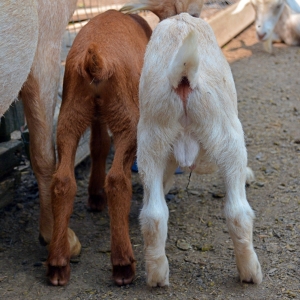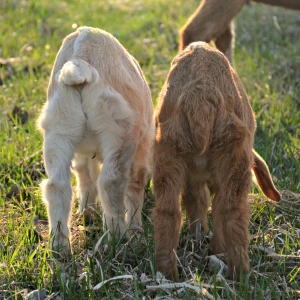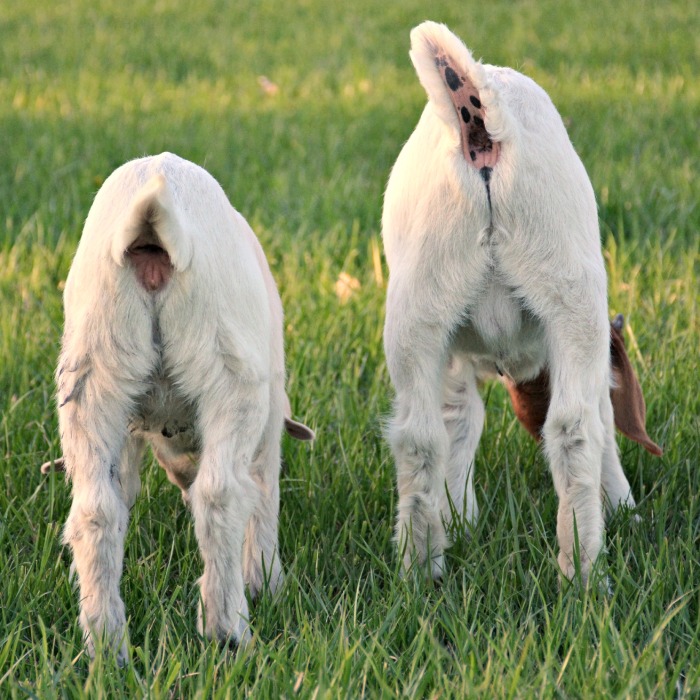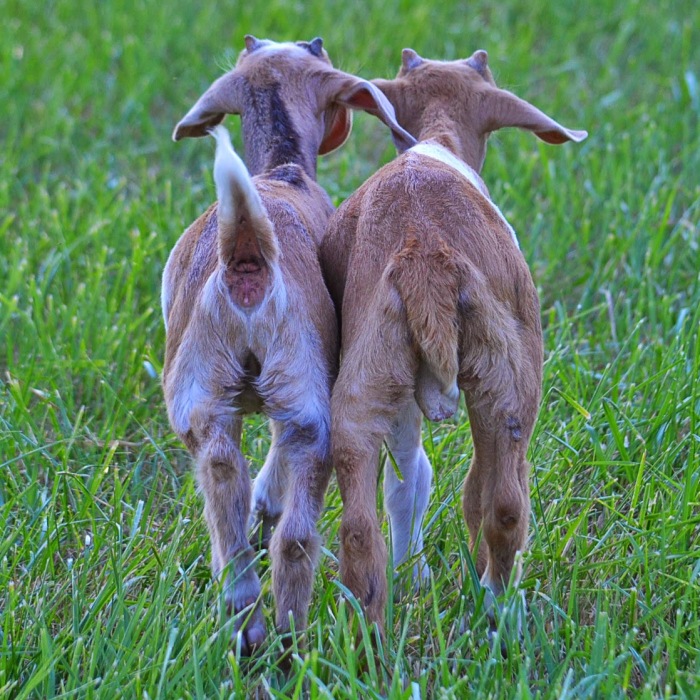We started our winemaking for the season last weekend. We began with two really different apple wines. Goliath is a dry full-bodied table wine and Mirth is a sweet dessert wine. We also started a batch of Chapel, another dessert wine that uses both apples and cherries.
We measured out our apple cider and placed it in an enamel pot. We wanted to make sure it was warmed up to sixty degrees. That is the temperature our hydrometer is accurate without adjusting for the temperature.
Obviously, this cherry apple is very cold with the quarts of frozen cherries floating in it. Again, we only heated it to sixty degrees.
We always add one crushed campden tablet for each gallon of wine. This will kill any natural yeasts in the cider. That way, our chosen yeast will not have to compete with anything else.
This is also when we add any other additives needed: citric acid, tannin, pectic enzyme, etc. We can’t put the yeast in yet because the campden tablet will kill our yeast as well as any wild yeast. It will be added later with yeast nutrient.
Next we add the sugar. The amount of sugar determines sweetness and specific gravity.
The more sugar the higher the specific gravity and the higher potential alcohol. For a drier table wine, use less sugar. For our table wine, we started with a specific gravity of 1.085.
That’s a little higher than I was shooting for, but it will still be a dry wine. To use the hydrometer, I start by putting the hydrometer in the plastic tube it came in. Then I use a liquid measuring cup and strain off a bit of the wine after it has been thoroughly mixed. Set it on a flat surface and spin it to get rid of any bubbles.
They do make a fancy little device that lets you capture a wine sample without exposing it to oxygen, but it hasn’t made it to my gotta have list. Also, the pros will tell you to get rid of the wine you test, but I just dump it back in. I make a note of the specific gravity and record it in my calendar. I have a calendar that I use just for winemaking. Once we do a step, I’ll turn forward in the calendar to write the next step on the date it is to be done. I already have next year’s calendar to start adding dates when we get there.
Next we place the wine into the primary fermentation vessel (aka a five gallon bucket). You can get five or six gallon buckets that are food grade plastic and made with lids that will allow an airlock to be added. They can then be used as a secondary vessel also. I went cheap and easy–a new bucket from the farm store.
Because the first few days is rapid reproduction of the yeast, it does need some oxygen at this phase. You also want it to be clean, so cover it with a towel and rubber band it.
While it is in the primary fermentation vessel, you want to make sure your wine is plenty warm, at least 70 – 75 degrees Fahrenheit. I confess, we started ours just when the hurricane winds hit, and I had to move my buckets primary vessels to a warmer location.
Twenty-four hours later, we add the yeast nutrient. This makes sure that there is plenty for the yeast to feed on. Then we add the yeast. To activate the yeast, put it in 1/2 cup of water that is between 100 and 105 degrees Fahrenheit.
One packet of yeast will do up to five gallons of wine. I wouldn’t recommend actually pouring from this far up because it will cool so much, but it worked better for the picture.
Stir it up, and let the yeasties go to work! You’ll know it’s working because about twenty-four hours later, you’ll start smelling the yeast and alcohol. As it works, you’ll see a must developing. The must is the scummy stuff that is floating on top. It doesn’t look too bad with the cherries there, but some of them look and smell nasty.
Twice a day, you need to submerge the must. You don’t want it to dry out. Use a wooden or preferably plastic spoon. As soon as you start to stir, you’ll hear the fizzing of happy yeast!
It’s completely bubbling with happiness at being submerged into that lovely sugary juice.
Cover it back up, and stir again in twelve hours. Keep doing this until it is time to transfer. Some recipes, like the Chapel, just tell us to wait five days and then transfer it. Others tell you to transfer when the specific gravity falls to a specific level–for the Goliath, it is 1.040.
When we transfer, we are going from the primary fermentation vessel to the secondary. Last year, we used plastic milk jugs. This year, we have started buying glass carboys. Start by sterilizing everything.
Because it hasn’t started with anaerobic (no oxygen) fermentation, we just pour it through a funnel. Be sure to stir it first because you want to make sure any yeast that is on the bottom of the bucket gets mixed in.
Because the chapel has cherries floating in it, we have to put it through the straining bag first. We poured it from one bucket to another. Sorry there aren’t good pictures of this, but two boys, two five-gallon buckets, in the sink–no chance for good pictures.
Because it was an almost five-gallon bucket, we didn’t want to try pouring it into that itty bitty funnel. Instead, we used the autosiphon. You just pump it to create a suction and then let gravity work!
Once you have the wine in the carboy, you add an airlock. Fill it about half full with water. You can add a little bit of the sterilizing solution (sodium metabisulfite) to keep it from getting funky. Keep an eye on it, and you can change it every few days if you need to.
The airlock should be in a bung that will seal the top of the carboy. Notice that inside part is just sitting on the bottom. As soon as you put the airlock on, it will start to have air come into it from the fermentation, and the inside part will start to be lifted up. It is important to make sure the wine is very close to the top, within one to two inches of the bung. You don’t want to leave a lot of air space because you are more likely to have your wine go bad.
Soon after you get the airlock on the wine, you’ll start seeing air bubbles coming out of the airlock. This means fermentation is occurring.
Once you get everything ready, move the carboys to a cool place, about 65 degrees. We keep ours in the basement. Be careful because they are pretty heavy. It won’t take long before you can see little air bubbles coming up to the surface. Also, the fruit pulp and lees (dead yeast) are already settling to the bottom.
I realize there are a couple of carboys way too empty, but Brandon is bringing home some half gallon carboys to put that in right away. Most of the wines are supposed to stay like this for about a month. When we get to that point, we’ll show you how to rack and top off the wine.







































